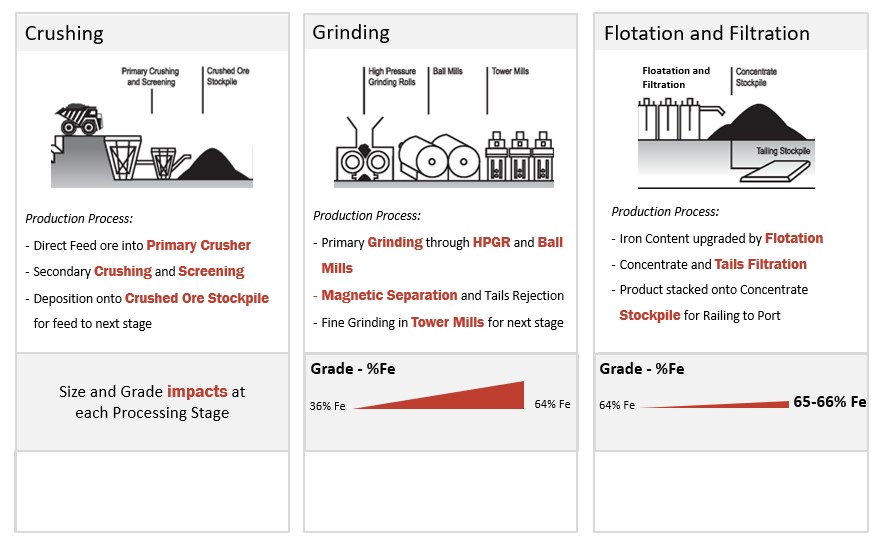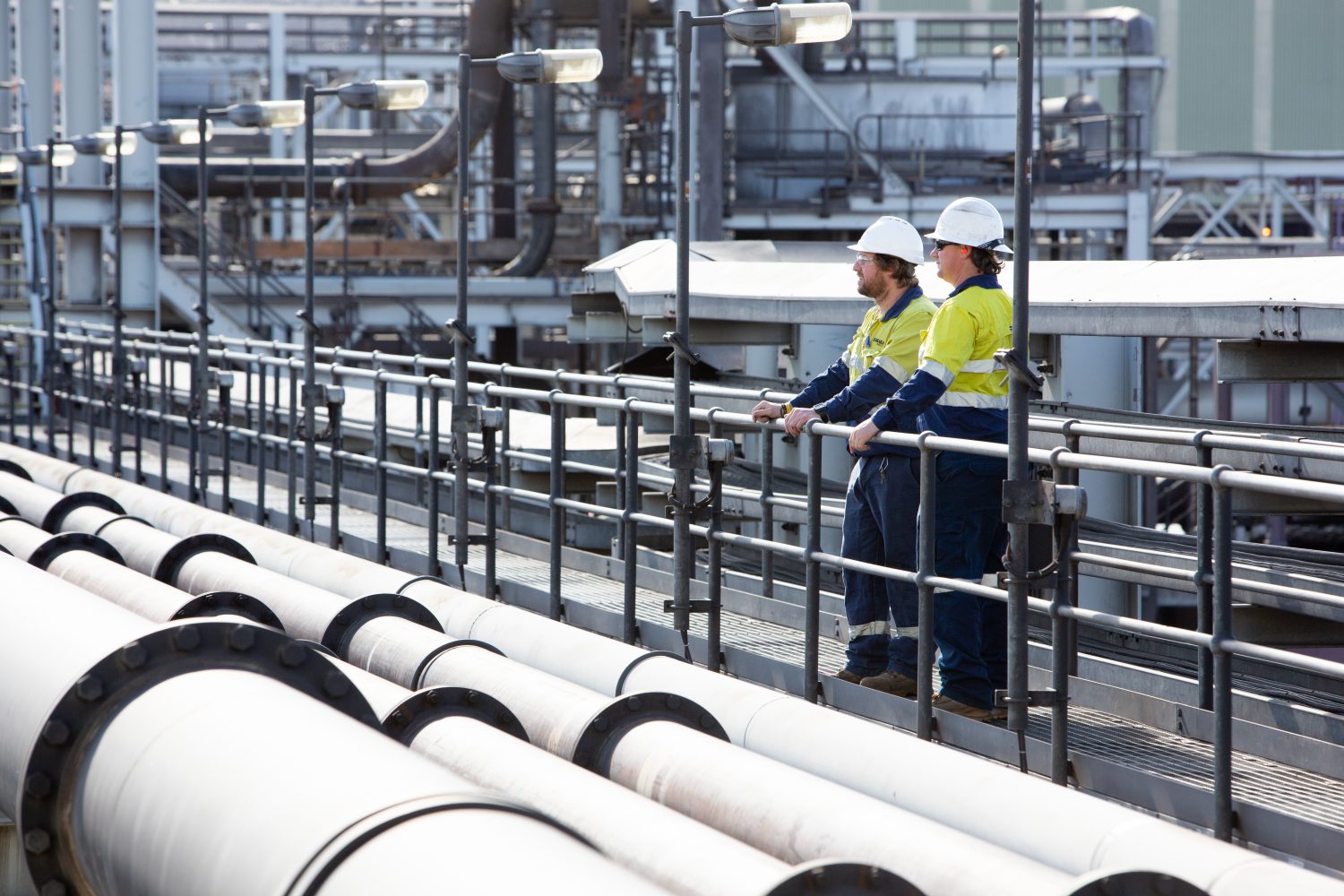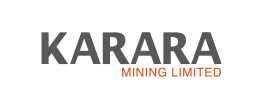Processing
Until recently the Australian iron ore industry has been based on the mining of high-grade hematite ore which accounts for approximately 96% of Australia’s iron ore production.
High-grade hematite is often referred to as “Direct Shipping Ore” or “DSO” because it is mined using a relatively simple crushing and screening process before being exported for use in steel mills.
Magnetite ore on the other hand has lower iron content and needs to be upgraded to make it suitable for steelmaking. It is processed to make iron ore pellets which can then be used in steel production. Interestingly, magnetite accounts for approximately 50% of global iron ore production. It’s the magnetic properties of magnetite that means it can be readily refined into an iron ore concentrate.
While magnetite is generally a lower-grade deposit, it is globally accepted as a viable and high-quality feedstock for the production of premium quality, low impurity steel.
To process magnetite the ore needs to be crushed, screened, ground, magnetically separated, filtered and dried. The end result is a high iron grade magnetite concentrate (+65% Fe), with typically very low impurities.
The additional processing cost for the production of magnetite concentrate can be offset by the premium price which it attracts from steel mills because of the high iron content compared to benchmark DSO hematite products.

Magnetite ore known as Run-of-Mine (ROM) material is direct dumped by haul trucks from the mine into the primary crusher. Primary and secondary crushers crush the ROM ore to a product size of <60 mm. The crushed ore is then transferred to the Coarse Ore Stockpile (COS), which has a holding capacity of up to 500,000 tonnes of material for downstream processing.
Ore material from the COS is reclaimed by conveyor into a parallel train of two High-Pressure Grinding Rolls (HPGR’s), which grind the ore to a size of 4 mm or smaller. This ore material from the HPGRs is pumped in a slurry to a stage one magnetic separation. A high magnetic field allows separation of non-magnetic material to tailings. Magnetic material remains as a concentrate and is transferred to the primary grinding plant.
The primary grinding plant of four ball mills grinds the ore in slurry into fine particle sizes of <50 µm before further magnetic separation to produce a concentrated magnetite ore stream, with elevated Iron (Fe) grades of ~58%.
Upgrading to final product specification occurs in the flotation circuit. Concentrate is filtered to achieve moisture levels <10% and a final, premium concentrate product with Fe grades of +65%. Product is then transferred by rail to Karara’s Export Terminal at the Port of Geraldton.
Tailings material generated in the ore treatment process is filtered for dry tails stacking where possible, reducing discharge of tailings to Karara’s wet tailings storage facility (TSF), or tailings dam. This enables Karara to reduce water usage and minimise the environmental impact and footprint of tailings material.



Water Use and Water Monitoring
Karara has been monitoring the Yandanooka borefield and the Parmelia aquifer for the past 5 years in partnership with the Mingenew Irwin Group. Groundwater levels across the Parmelia aquifer have continued to rise despite Karara’s current abstraction of 5 gigalitres per annum (Glpa) over the past 5 years.
Available monitoring data from the Yandanooka borefield and regionally across the Parmelia aquifer system, indicate that additional water can be sustainably sourced from this aquifer. Karara believes a modest increase in water allocation from 5 to 7 Glpa is sustainable, following scientific research and hydrogeological modelling compiled by Rockwater Pty Ltd, a leading independent hydrogeological and environmental consultant. The research suggests that an increased abstraction from the Parmelia aquifer will not harm the aquifer or the surface environment, and may in fact be beneficial in the management of issues associated with rising water tables in the area.
Karara will continue working closely with landowners, local businesses, communities and Government to achieve a sustainable and responsible outcome around long-term water usage and to ensure the long-term viability of the Karara Iron Ore Project.
Water Licensing
In 2017 the Karara Iron Ore Project achieved an annual iron ore concentrate production rate of 8 million tonnes per annum (Mtpa). Karara is now examining opportunities to increase its production rate beyond 8Mtpa consistently, as part of a broader strategy to improve the long-term economic viability of its magnetite mining operation.
To achieve an iron ore production rate increase from 8 to 8.3Mtpa consistently, Karara will require an increase in water allocation for the Project. Karara has recently submitted an application with the Department of Water and Environment Regulation (DWER) for an increase in its existing water licence allocation from 5 to 7 Glpa per annum with a 5C water licence application. DWER will now conduct a separate water review of the groundwater area and assess any availability of water. If DWER determines that allocation limits can be increased, Karara will then advertise a water licence application and public consultation will commence.
Applications to amend or renew a water licence are assessed on an individual, transparent and equitable basis in accordance with the requirements of the Rights in Water and Irrigation Act 1914 and licensing policies and water allocation plans. There is a defined application process to amend an existing water licence. With a formal opportunity for community and stakeholders to comment to DWER with the assessment of the application by DWER Read more








